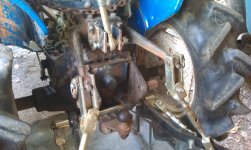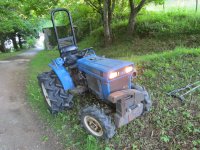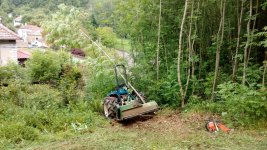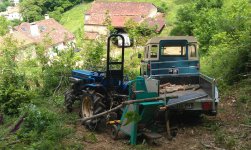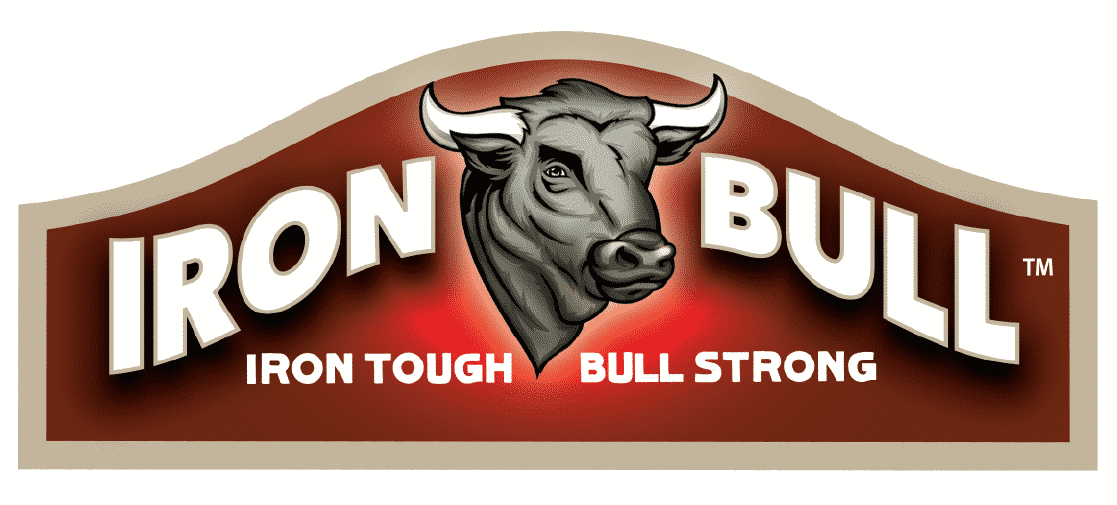In the good ole days tractors were built as tricycle (narrow front end) because too many implements mounted on a tractor such as a corn picker, cultivator, and more. These tractor and the danger of roll over was just an accepted fact. Most who operated those tractors knew this and practiced safe operator but yet accidents did happen. The problem came when a part timer or a newbie. or even someone that did not understand the danger operated a tractor carelessly.
Harry Ferguson studied the problem of tractor pulling plows, hitting objects and flipping back over, often killing the operator. So he invented the three point hitch. Experimented with some tractors in England (Black and David Brown) before coming to America and allowing Henry Ford to use them on his new 9N tractor. In the late 40's or early fifties Harry asked Henry to stop using the hitch on the Ford tractors. Went to court Harry won, and Ford came with their own system in 1953 with the Jubilee. The patent soon ran out and every manufacturer used the three point hitch instead of their own hitch.
John Deere was concerned with safety and roll overs in the late 50's or early 60's and "invented" the Roll Guard. In the interest of safety the allowed other manufacturers to use the design for their tractors. Early cabs were no more than tin and glass boxes and were no protection in a rollover, so manufacturers and aftermarket cab makers soon integrated a roll bar in the cabs.
Dangers of roll overs are higher on the old row crop tricycle tractors were a lot higher, until the adjustable front wide frontend became popular.
Utility tractors are safer due to their lower center of gravity. Even then roll bars are recommended.
Back in the 70's I believe roll bars were mandated on all new tractors over 20 horsepower. Interesting John Deere rated the 400 at 19.9 HP so the did not need a roll bar.
If you purchase a tractor and want to use a roll bar there are folks who make them for just about any tractor. These have been tested and are usually tagged with the allowable weight of the tractor and the maker. It is not recommended that someone grabs some steel and weld his own together. That is unless you know your steel and understand the forces involved.
So if you purchase that old N series Ford and want a roll bar here is a place you can get one. Not cheap but what is your life worth? There may be more, just search the web.
And don't forget the seat belt!! It doesn't help if you fall out of the seat and still wind up under the tractor.
Iron Bull manufactures both Tractor ROPS & Canopies for your protection, as well as quality Trash Hoppers for commercial applications.

ibullmfg.com
